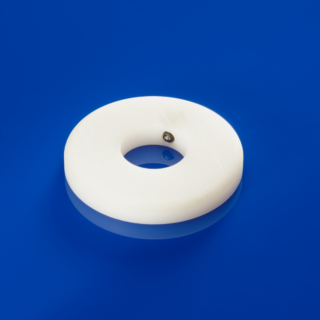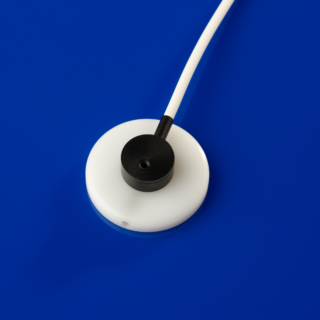The programmable moorVMS-HEAT skin heater controller provides reproducible heating of skin tissue up to 45ºC to be used with any laser Doppler blood flow monitor, imager or tissue oxygenation monitor. It can also be used as a skin temperature monitor. Assessments include maximal flow response, temperature standardisation. In addition Axon reflex flare response can be performed with the moorVMS-HEAT-HT variant which temporarily allows heating to 47ºC.
The features include;
- Dual channel: enables simultaneous, independent heating and monitoring of two separate areas.
- Variable heating rate: independent channel heating rate 0.01ºC – 0.1ºC per second.
- Stand-alone: manual control enables operation without a separate control unit or computer.
- Protocol control: to enable fully reproducible procedures in your studies supported by moorVMS-PC Windows™ software.
- Measurement and analysis software package: automated to aid generation and processing of results.
- Factory calibrated probes: no calibration necessary for the life time of the probes.
- Accurate and reproducible: heater range between 20ºC and 45ºC with 0.1ºC increments and a measurement range between 5ºC and 50ºC. Temporary heating to 47ºC offered by the moorVMS-HEAT-HT variant.
- Multi-channel: combine modules for a multi-channel system with software support for your ideal configuration.
- Easily connectable: analogue output (0-5V, BNC) and digital (USB) real time data transfer included as standard for connection to data acquisition systems.
- Reliable: 3 year basic warranty, extends to 5 years with annual servicing (in-built automatic reminder).
**This product does not have FDA 510k clearance.**










